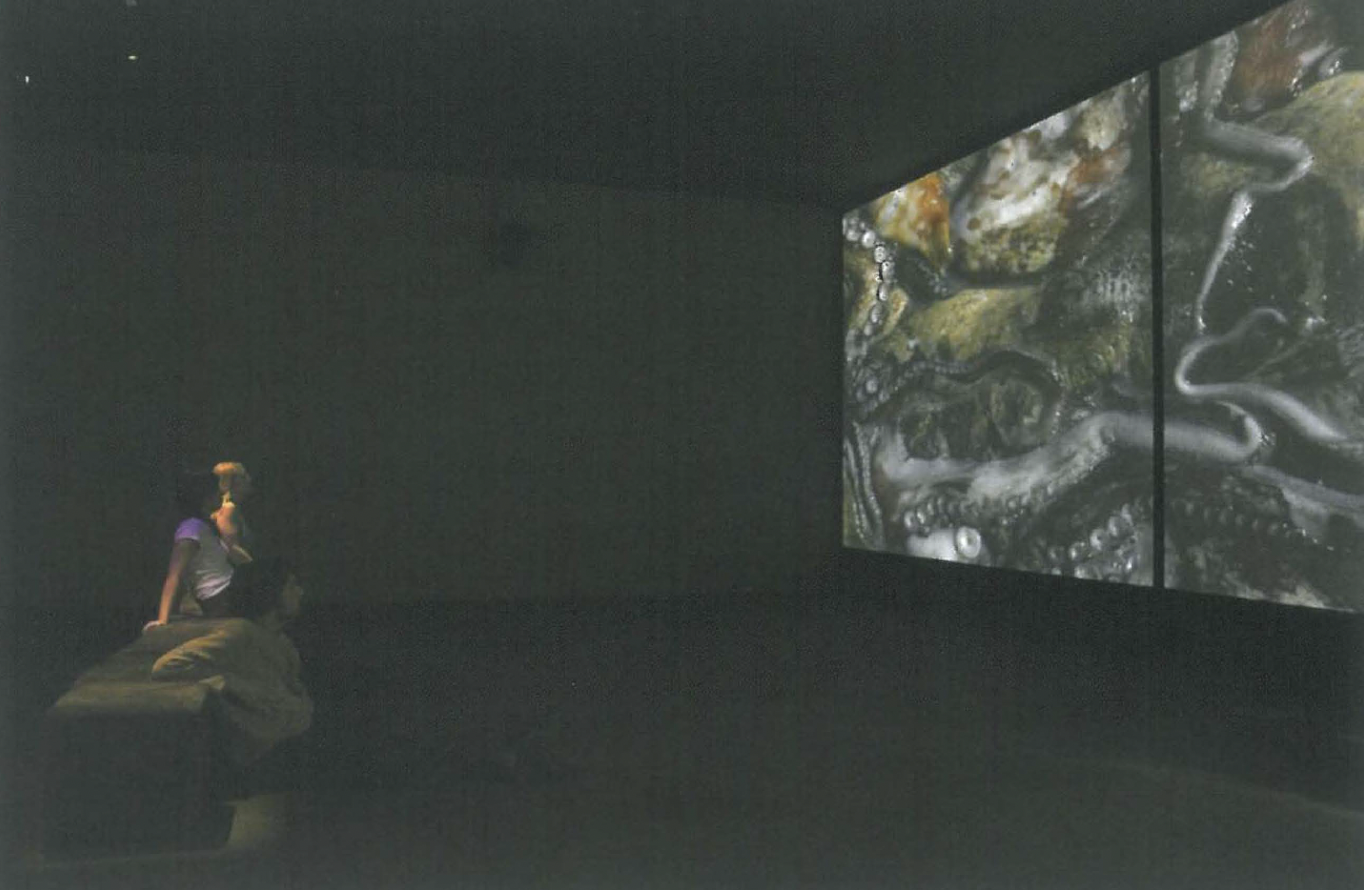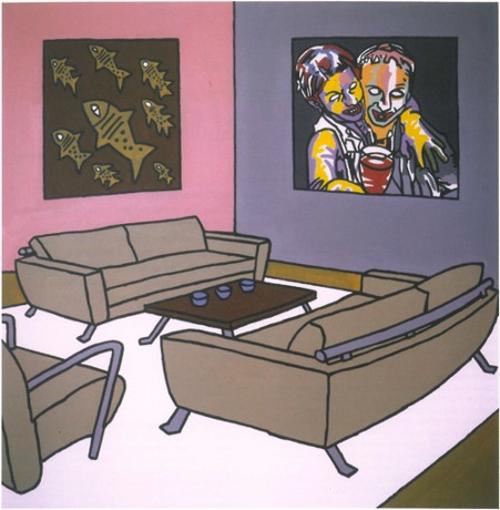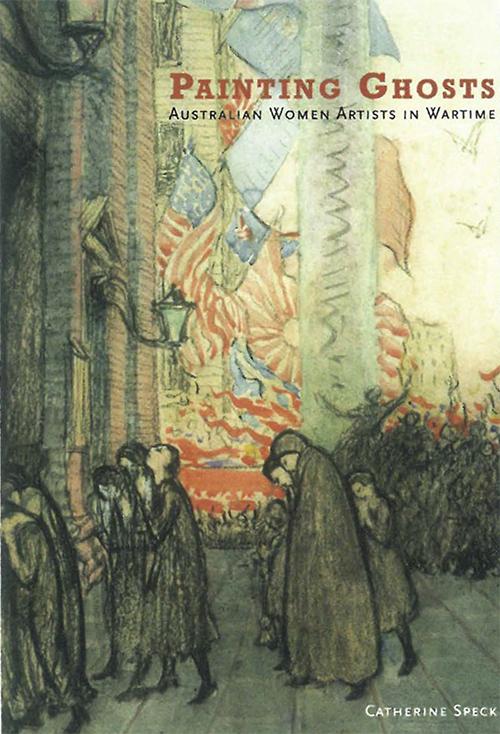
One of the key symbolic moments in Stanley Kubrick's 1968 classic film 2001: A Space Odyssey occurs when Hal the computer shuts down the life support systems of a number of the crew. The vital signs of the crew members appear on the screen and we watch as one by one their life functions bottom out. The suspension of one's vital signs is not usually so dramatic or absolute. The termination or sustenance of life on the basis of the presence or absence of vital signs is hotly contested and ethically fraught. How can one ever know for sure when or if to turn off the machine?
Ostensibly, the Vital Signs conference in September at ACMI was convened to discuss precisely these issues as they relate to new media, media arts and funding. Did the Australia Council's recent decision to close down the New Media Arts Board and fund new media art and hybrid art applications through the Visual Arts Board and the Inter-Arts office respectively signal a belief by the Council in the health or otherwise of these practices? Naturally, the answer is inconclusive and almost wholly dependent on whom you ask. Some argue that these no longer 'new' practices are robust enough to stand on their own or at least alongside more established and accepted arts practices. Others argue that the move is premature and likely to result in early and avoidable mortality.
Anyone who came to Vital Signs (Australia Council representatives included) seeking a definitive answer to this question would have been disappointed. With over 400 participants, extremely large panels and parallel sessions running for two of the three days, there simply was not enough coherence to produce this sort of result (or enough time to get to enough sessions to justify a comprehensive review). Those with less lofty ambitions would have been infinitely more satisfied. The debates were lively and wide ranging, from media arts curation and criticism through to mobiles and other new media forms. As you would expect at an event like this, many artists used it as a platform to talk about works that most of us sadly will never get to see (in Australia at least). And this, for me, gets to the nub of the event.
The choice of venue for Vital Signs was somewhat ironic. Fortunately, at the time of the conference, ACMI was showing the Mike Stubbs' curated White Noise. A whole gallery space dedicated to the impact of new media on abstraction. Beautiful. And a sign of the vitality of media arts practices both here and internationally. White Noise has since been replaced by a touring exhibition of Stanley Kubrick's archives with the somewhat unchallenging title Stanley Kubrick: Inside the Mind of a Visionary Filmmaker. The exhibition was curated by the Deutsches Filmmuseum and ACMI are charging the public to see it. This, in itself, should not be so disturbing – it's an amazing collection and well worth seeing, particularly if you are a Kubrick fan. What it signals in regards to the direction of ACMI and future new media exhibitions is far more troubling.
In the lead up to the launch of the Kubrick show, I heard a local ABC commentator describe ACMI as 'Melbourne's film museum'. On the evening of the launch, Minister for the Arts, Mary Delahunty was more succinct. Finally, she exclaimed, ACMI has got it right! Mike Stubbs, in the Plenary Session of Vital Signs referred to a 'crisis at meta-level' affecting new media art organisations. Was this what he meant? I read it to mean that regardless of the health of the organs (namely the arts and artists themselves) the body was dying anyway due to a lack of financial commitment on the part of governments to the exhibition of any works that push the limits beyond the tried, tested and true. This is the Hollywood model of exhibition – if it doesn't get an audience it mustn't be any good.
Of course there are other venues that will continue to exhibit new media and media arts. But if we're looking for vital signs it may well do to keep an eye on the bigger picture (pun intended). As Vital Signs demonstrated, and as Darren Tofts new publication Interzone: Media Arts in Australia documents, new media and media arts are surviving if not thriving. It's too soon to turn off the machine. But we still need to be mindful about whose hand is on the plug.












